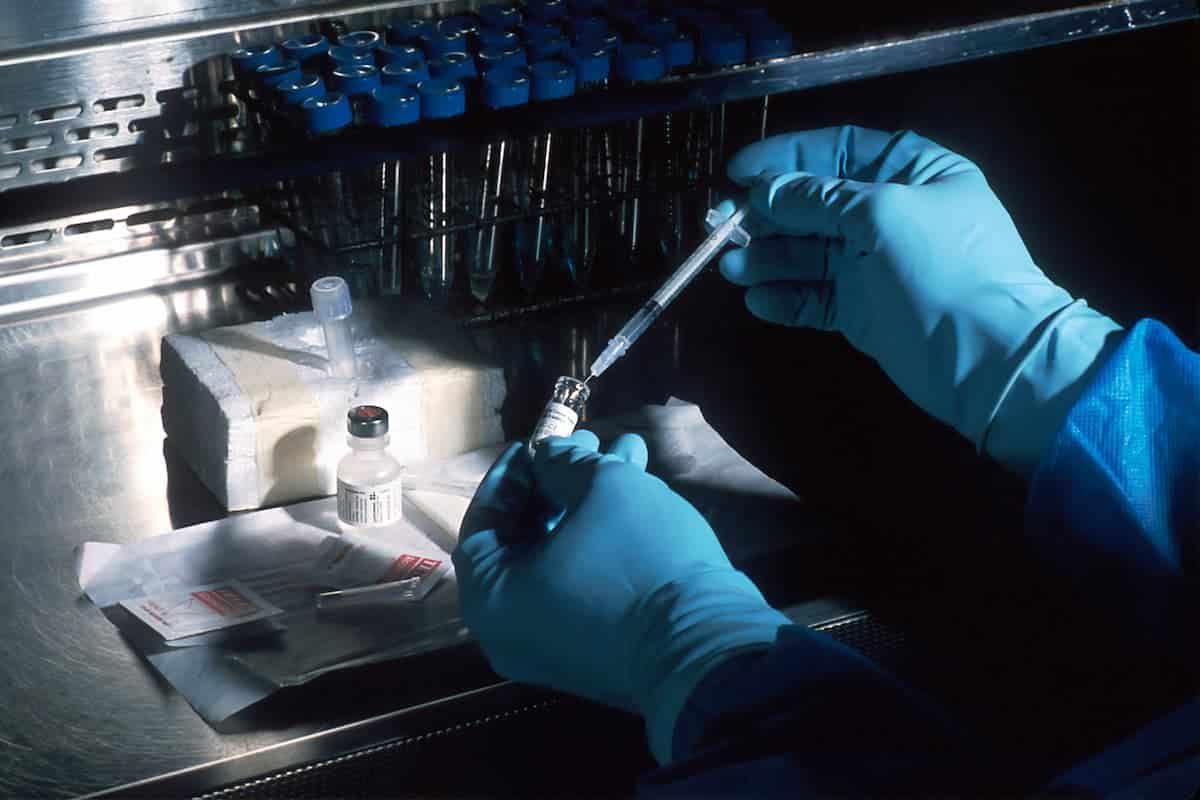
BSCs are an essential piece of equipment in a laboratory which handles hazardous substances. Exposure to these biohazards must be carefully controlled in order to reduce the risk of potentially deadly or harmful effects. Having the correct specification of biosafety cabinet and ensuring it is properly installed is critical, as this kind of machinery protects staff as well as the laboratory environment from contamination.
Viruses, bacteria, bodily fluids, and other materials can all be carefully controlled using microbiological cabinets. When used carefully, they can prevent cross contamination to ensure your sensitive processes take place without a hitch.
Whether you are replacing an old biosafety cabinet in your lab, or purchasing one for the first time, it is vital you choose the right option. TION's very own experts have put together this valuable and detailed guide to help you when buying a biosafety cabinet.
There are various classes of cabinets to choose from, and you need to make sure you invest in the right one for your laboratory. It is essential you choose a unit that works for your specific biohazard safety risks, as these can differ between labs. Usually, choosing the right option will require you to conduct a safety risk assessment that includes identifying your hazards, assessing exposure, assessing the dose response, and characterising the risk.
Once you know your risks, you can choose a BSC which meets these. Each class of biological cabinet offers a different level of protection:
You can read more about the differences between class I and class II BSCs here.
Next, you need to make sure you purchase a BSC that's the appropriate width for your laboratory. Typically, these come as 915mm, 1220mm, 1525mm, or 1830mm wide. You need to consider the allocated space within your lab for a unit, as well as how it is going to be used by your team.
It is also important that you factor in clearance around the unit and proximity to features in the lab, like electrical outlets.
At TION, we offer biosafety cabinets in 304 stainless steel, 316 stainless steel, or polypropylene metal-free. The kind of hazardous substances you handle in your lab will ultimately decide the material of your BSC workspace for you. Stainless steel options can work for some applications, but there are a number of chemicals that can cause pitting.
Polypropylene is extremely chemical resistant and will not corrode with time. It is also considerably lighter in weight than metal options.
Within the biosafety cabinet, you can choose whether you require a single piece or multi-piece workspace tray. Multi-piece workspaces are often easier for autoclaving and ensuring complete sterilisation.
In some situations though, a single piece, removal workspace tray is preferred. At TION, one of our founding principles is to offer clients the flexibility they require, without the price tag, which is why all our BSCs (other than the A2 essentials compact) come with the option of either a single or multi piece tray configuration.
Finally, you need to choose the perfect base option for your unit. You can pick one with metal manual height adjustment, metal electrical high adjustment, or a bench mounted BSC without a base.
For the sake of user comfort, BSCs should be able to work at a range of different heights. This gives your team the choice to sit or stand while working in the cabinet. Biosafety cabinets without a base will be mounted onto a bench and therefore might not be adjustable. Whether or not you want electrical or manual adjustments will depend on your own preferences and budget.
Ok, we know we said five, but this is a small, sneaky sixth step. We suppose this is the obvious one to consider, right? When choosing the right biosafety cabinet for your laboratory, the price of the unit is always going to be a factor.
Here at TION, we don't like to think of it that way. We see a BSC as a long-term investment for your lab and your team. So, simply choosing the cheapest option isn't always a good idea.
Alongside the price of a unit, you've also got the operational costs. Look out for energy saving features, as well as the service life and warranty on any BSC you are looking at.
If you'd like any more guidance on choosing the right biosafety cabinet for you, feel free to get in touch or book a free consultation with one of our experts.
Read our Privacy Policy for more information on how we collect and process data.



No thank you
Read our Privacy Policy for more information on how we collect and process data.